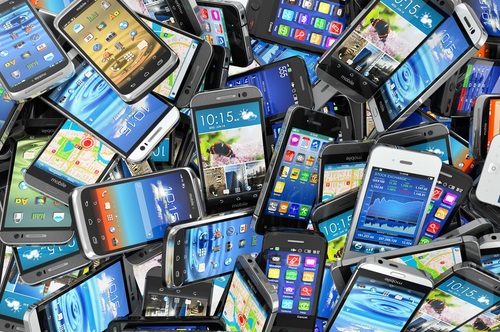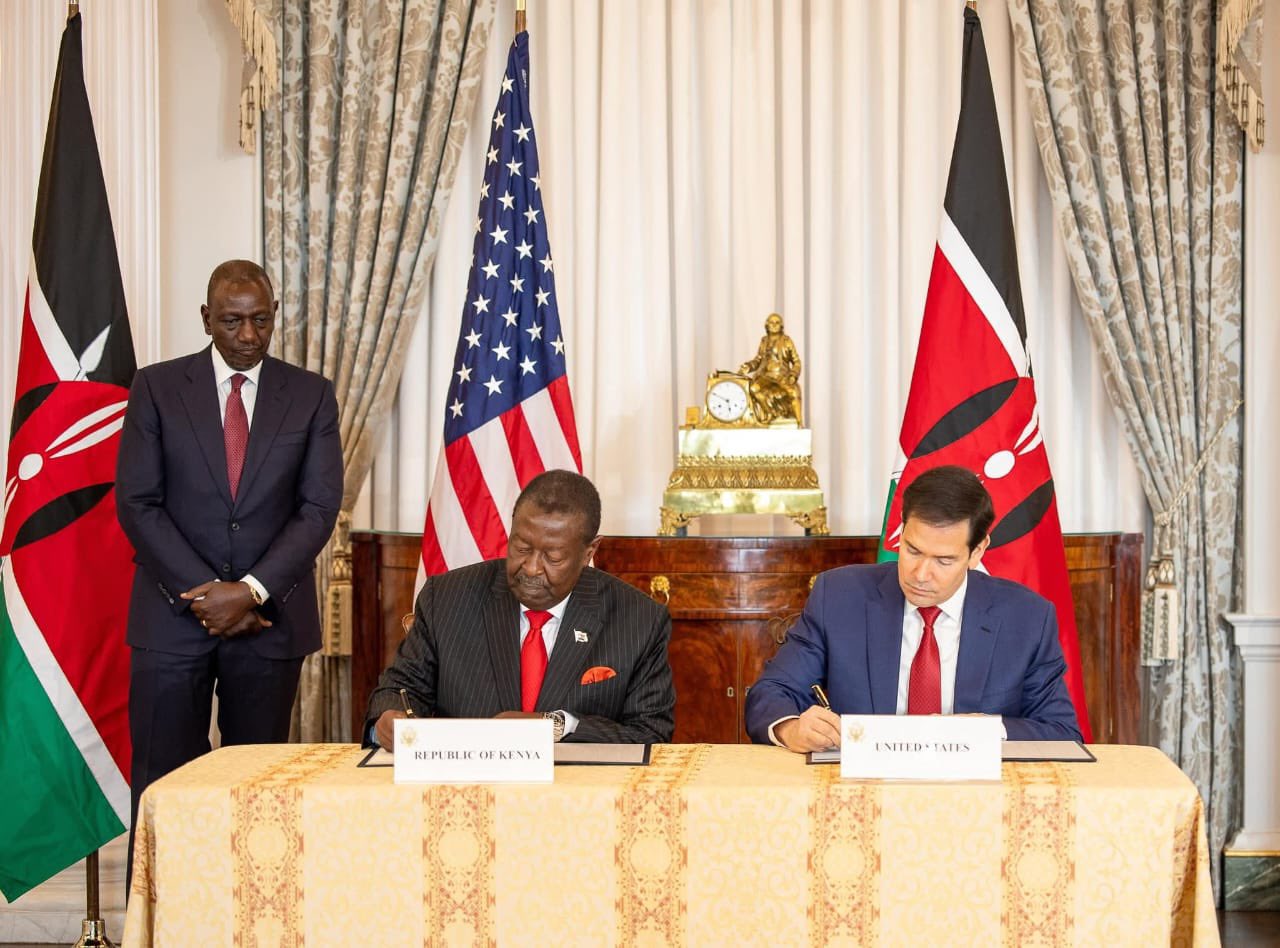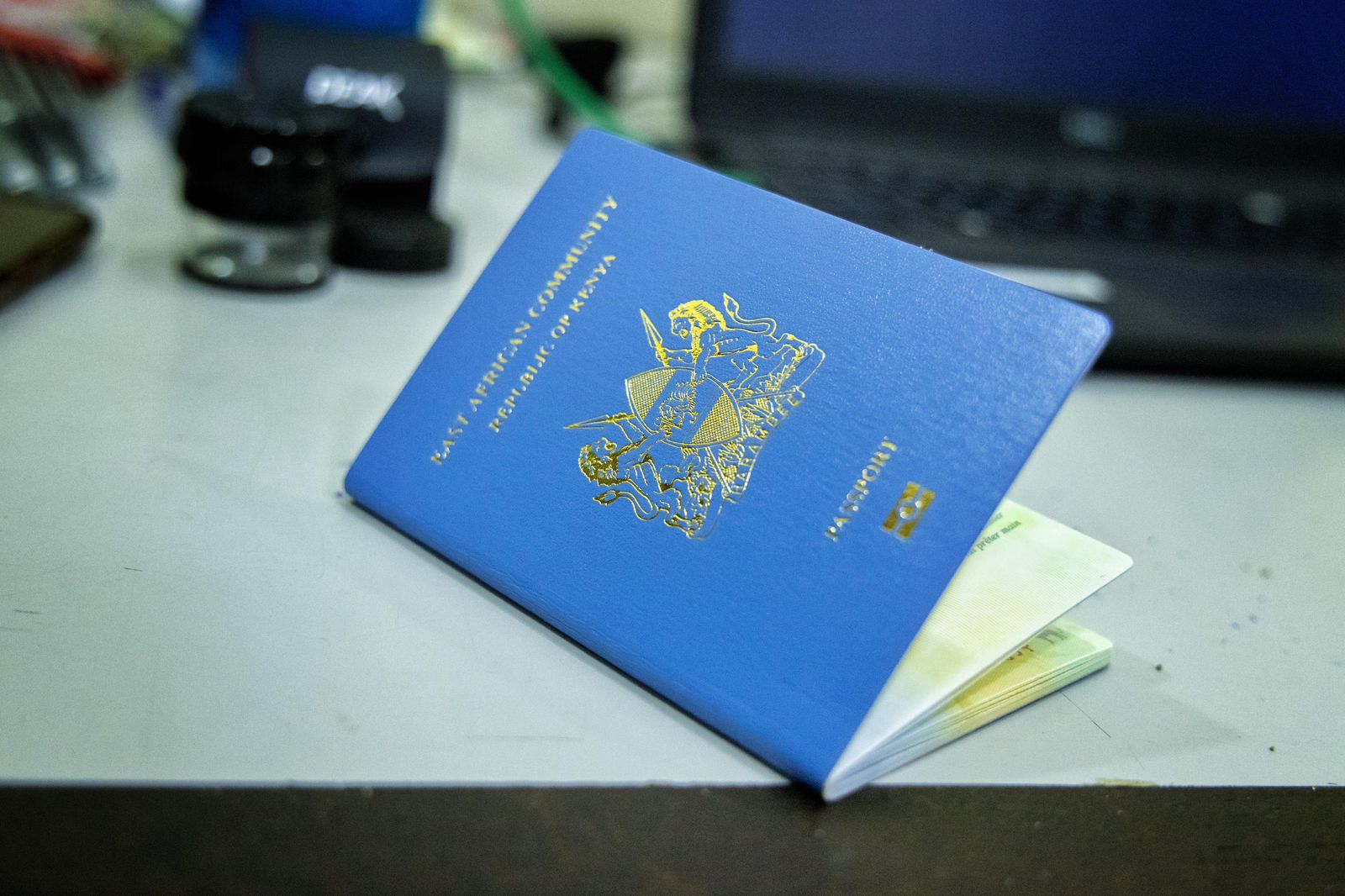Chinese imports to Kenya hit Sh576 billion amid surge in smartphone shipments

Kenya imported over 2.3 million smartphones from China in 2024 alone, a 71.5 per cent increase from the 2023 tally of 1.3 million units, according to data from Chinese authorities.
The rise in smartphone shipments from China pushed total imports in the country to Sh576.14 billion in 2024, despite government efforts to tighten customs controls and crack down on tax evasion through under-declaration of goods.
Kenya imported over 2.3 million smartphones from China in 2024 alone, a 71.5 per cent increase from the 2023 tally of 1.3 million units, according to data from Chinese authorities. The surge in electronics was part of a broader increase in Chinese imports, which grew by more than a quarter from Sh459 billion in 2023, the fastest pace since 2015, when shipments of construction materials for the Standard Gauge Railway (SGR) were at their peak.
More To Read
- Why smartphones before age 12 raise risks of depression, obesity and poor sleep
- Global power shifts are reshaping the Red Sea region and changing the rules of engagement
- Apple officially retires first-generation iPhone SE, marking end of an era
- Luanda Summit: Europe reinforces ties with Africa as competition intensifies
- Africa’s rapid drone expansion promises high-tech warfare but struggles to achieve strategic results
- Smart ways to free up phone storage without deleting your favourite photos
The Kenya Revenue Authority (KRA) has been pursuing reforms aimed at sealing loopholes in customs procedures. In 2023, it directed traders, including those using cargo consolidators, to pay taxes per item instead of per kilogram, a system the agency said had enabled widespread mis-invoicing.
With mis-invoicing, traders under-declare the value of imported goods to pay less tax. The shift in taxation method is part of a broader crackdown that began in July 2023, targeting consolidated cargo shipments that often contain high-value items like phones, laptops, and electronics declared at disproportionately low values.
The changes sparked a standoff at key border entry points, heavily affecting small traders who rely on consolidated cargo to import electronics, clothing, toys, and other low-volume goods.
Analyses of trade data from both Kenyan and Chinese authorities revealed large discrepancies in the declared value of imports, raising fresh concerns about systemic mis-invoicing and the accuracy of Kenya’s import records.
To address this, the National Treasury, in its Medium-Term Revenue Strategy for 2024–2027, outlined plans to collaborate with foreign tax authorities to determine the actual value of what it termed “high-risk imports” from China.
“Specific tax measures to be implemented include establishing a clear framework on the exchange of information (EOD) with other jurisdictions for domestic taxes and customs to ensure the flow of information, for example, valuation of high-risk imports from China and transfer pricing, paused by multinationals,” the Treasury said.
Kenya's top imports from China include smartphones, television sets, construction vehicles, clothes, steel, and machinery. The increase reflects a growing appetite for affordable and high-tech consumer goods, as well as continued reliance on Chinese industrial supplies.
The surge also comes at a time when Chinese manufacturers are grappling with excess production capacity, stemming from ongoing trade disputes with the United States and European Union. Since Donald Trump’s first term as US president, America has imposed steep tariffs on Chinese goods, a stance maintained by Joe Biden and later intensified under Trump’s second term. As a result, Beijing has ramped up efforts to diversify its export markets, turning more aggressively toward Africa.
Kenya’s Chinese import trends have mirrored major infrastructure and economic cycles. Following the completion of the SGR’s first phase in May 2017, Chinese imports to Kenya fell by five per cent. They rose again by 1.5 per cent in 2019 with the extension of the line to Naivasha, before dipping by four per cent during the pandemic.
The continued increase in imports from China, while widening consumer choice, has also deepened Kenya’s trade imbalance and placed pressure on domestic manufacturers who struggle to compete with cheaper Chinese goods.
Top Stories Today












































